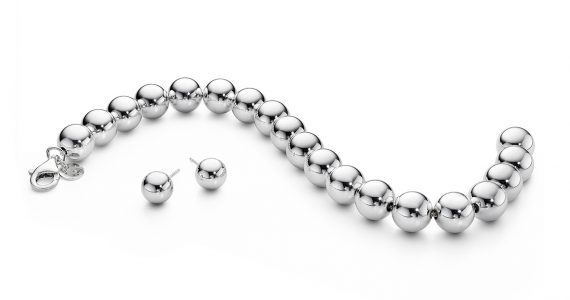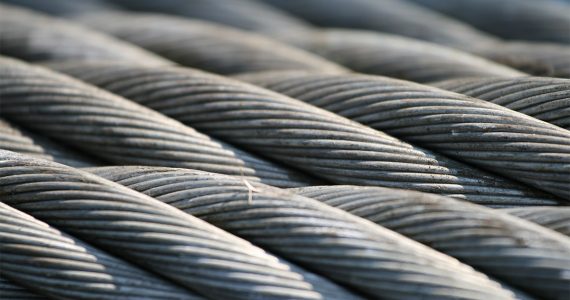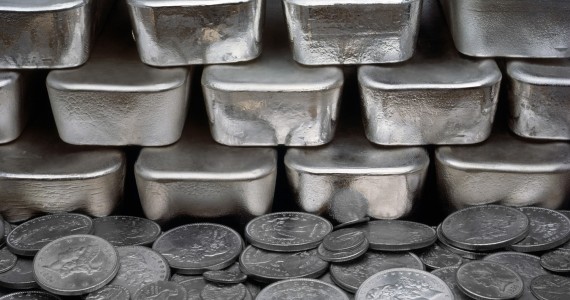When you read and listen to news reports about metals, elements like gold, silver, iron and aluminum are the most frequently mentioned. There is not a lot said about Californium and in fact, some may not even be aware such a thing exists. So what exactly is Californium?
Properties
The first thing we need to point out is that Californium is synthetic, i.e. it isn’t naturally found in the Earth. An actinide, Californium is one of the metallic radioactive elements located at the lowest section of the periodic table.
At its purest form this metal has a silvery white color. One of its most notable characteristics is that it is soft and malleable enough to be sliced by a razor blade. Left at room temperature, this chemically reactive metal tarnishes. If you observe the metal at room temperature you will see pieces of it oxidize slowly. Either that or the foils will come off.
Californium Facts
This metal is assigned the atomic number of 98, and if you’re not familiar with the atomic number it represents the number of protons within the nucleus. Its atomic symbol is Cf, so look for that if you want to find Californium on the periodic table of elements. The average atomic mass (atomic weight) is 251.
There is no current information about this metal’s density and its boiling point is unknown as well. The melting point is 900 C / 1652 F and has a solid phase at room temperature.
The number of isotopes on the metal is 20. The half live of these isotopes have been assigned the mass numbers from 237-256. Isotopes refer to atoms with similar elements but the number of neutrons differ. There are no isotopes that occur naturally in Californium.
Every Californium element has radioactive properties. Based on current studies CF-251 offers the most stability with an 800 year half life. The Cf-252 isotope is known for its powerful neuron emitting properties, so if it is broken down neutrons will start to go off. This may not mean much for the layman but neutron emission is essential for metal detectors and various military applications. Californium Cf-252 is also used to detect metal stress and fatigue on airplanes.
Production and Discovery
Californium was first produced in 1950 by Glenn Seaborg, Albert Ghiorso, Kenneth Street and Stanley Thompson while working in a laboratory at the University of California in Berkeley.
This marked the 6th synthetic transuranium that researchers uncovered after uranium in the actinide group. The scientists discovered this metal after bombarding curium-242 using alpha particles. Alpha particles are helium atoms that don’t have electrons. The scientists used a 60 inch cyclotron particle accelerator during the bombardment.
Every nuclear reaction generated Cf-245, an isotope with a 45 minute half life as well as a neutron. The UC Berkeley researchers conducted more tests and produced 700,000 Cf-245 atoms. Using these the researchers were able to create a cube with 27 nanometer sides. To be sure, the scientists conducted several more tests before declaring a new metallic element had been discovered.
Another research was conducted in 1958 wherein Californium was isolated in bigger volumes than before. The study was done by Thompson and Burris Cunningham, using 1.2 micrograms of the metal. The research was done at the Materials Testing Reactor in Idaho by way of extended plutonium-239 neutron irradiation.
Applications
Now that we know the properties and background of Californium, the question is what can it do? A lot actually.
The Californium isotope Cf-252 possesses a half life of 2.645 years and is a strong source of neutrons. A single microgram – equal to 0.000001 grams – generates 170 million neurons a minute according to the most recent tests.
Using this isotope, the metal can function as an emitter of neutrons for starting up a nuclear reactor. This metal can also be used to sense silver and gold ores. For this to work the isotope needs to use a process called neutron activation. Californium is also utilized in neutron moisture gauges.
This device is used for oil and water bearing layers in wells containing oil. The Cf-252 element is also used for the production of transcalifornium elements. The Cf-252 isotope is also currently being used by doctors for treating cervical cancer. Several companies also use this element to assess the sulfur element in petroleum. Researchers have also determined Californium is a vital for linking a periodic table element to the next.
Conclusion
So there you have it, the lowdown on Californium. So while it is not as well known as the other elements, Californium actually has a lot of uses. And as pointed above, there is still a lot of research that needs to be done on the heavier periodic table metals, so there is a lot more to Californium that we’ll find out.








